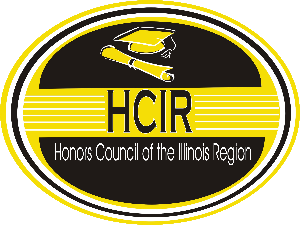Event Title
Diels-Alder Syntheses of Novel Heterocyclic Compounds, Including Inverse-Electron-Demand and Microwave Promotion
Location
HSC 2326
Start Date
28-2-2015 9:00 AM
Description
Although the Diels-Alder (DA) reaction has been around for a long time, it holds lots of promise for the future, both in the theoretical development of organic chemistry, and as a very powerful method for synthesizing novel compounds with several potential uses, including those with medicinal properties. Although “classical” DA reactions involve electron-rich dienes and electron-poor dienophiles, as was the subject of the presentation at last year’s HCIR Symposium by ONU student Logan Smith, the main subject of this research involves just the opposite electronic distribution, called “inverse-electron-demand” (IED) DA reactions. Such reactions have been investigated to a much lesser extent than have the classical DA reactions, and therefore the IED reactions deserve more attention, so as to further the usefulness of DA reactions in general.
Although all of the reactions done by Logan Smith involved microwave promotion, using ONU’s Biotage microwave instrument, this research involves some runs using conventional heat, and then again using microwave promotion, as a comparison of the two methods.
Diels-Alder Syntheses of Novel Heterocyclic Compounds, Including Inverse-Electron-Demand and Microwave Promotion
HSC 2326
Although the Diels-Alder (DA) reaction has been around for a long time, it holds lots of promise for the future, both in the theoretical development of organic chemistry, and as a very powerful method for synthesizing novel compounds with several potential uses, including those with medicinal properties. Although “classical” DA reactions involve electron-rich dienes and electron-poor dienophiles, as was the subject of the presentation at last year’s HCIR Symposium by ONU student Logan Smith, the main subject of this research involves just the opposite electronic distribution, called “inverse-electron-demand” (IED) DA reactions. Such reactions have been investigated to a much lesser extent than have the classical DA reactions, and therefore the IED reactions deserve more attention, so as to further the usefulness of DA reactions in general.
Although all of the reactions done by Logan Smith involved microwave promotion, using ONU’s Biotage microwave instrument, this research involves some runs using conventional heat, and then again using microwave promotion, as a comparison of the two methods.


